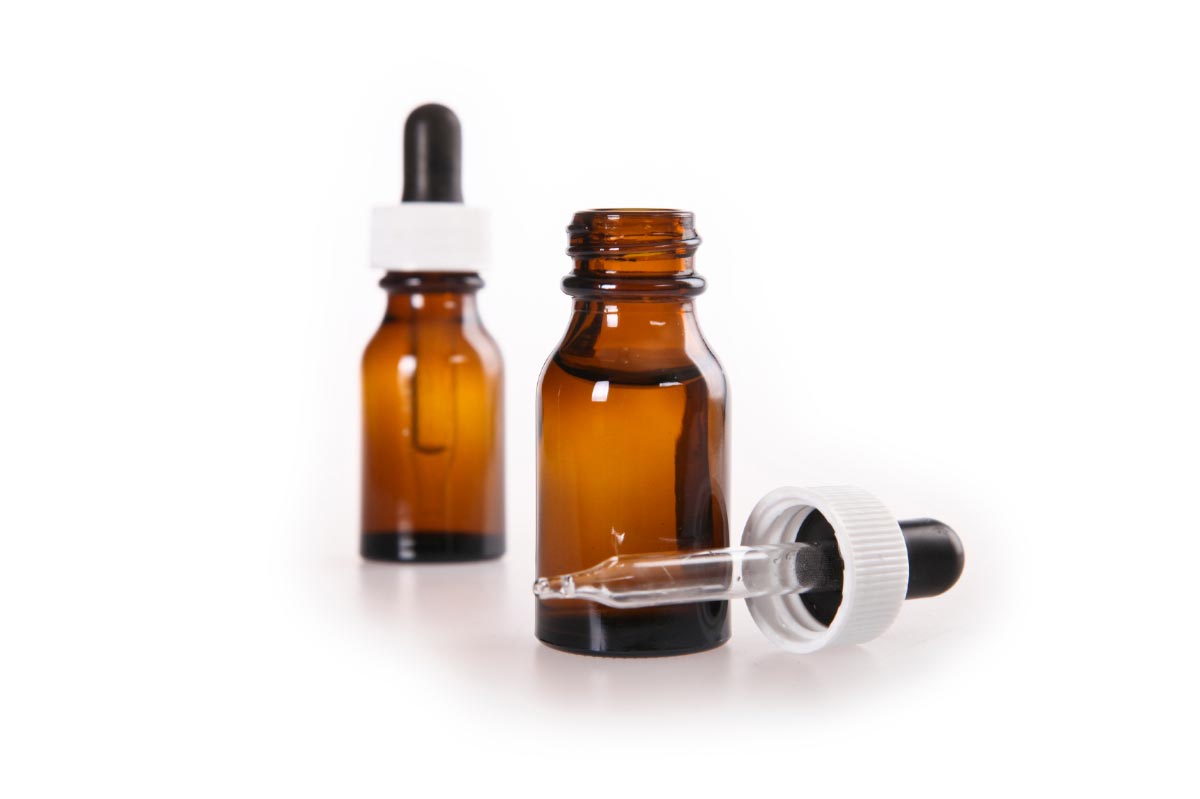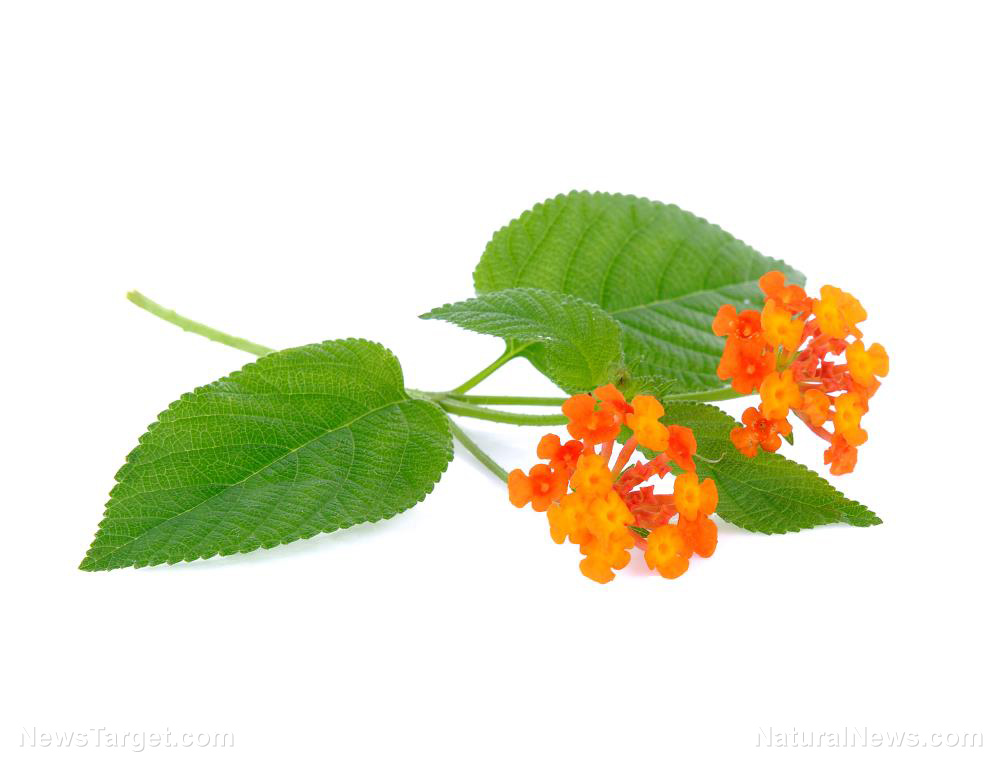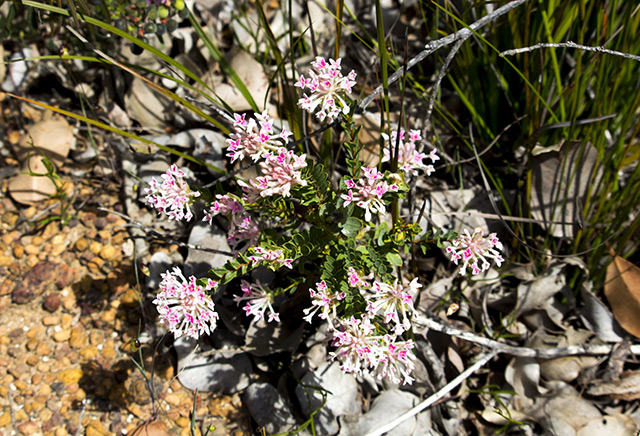A member of the forget-me-not flower family found to prevent neurodegenerative disorders
09/28/2018 / By Ellaine Castillo

Researchers from Pakistan have found that Nonea micrantha, a plant native to northern Africa and the Iberian Penninsula, contains bioactive compounds that can potentially be used to treat neurodegenerative diseases. The team arrived at this finding by studying the plant’s ability to inhibit the breakdown of acetylcholine — a chemical messenger in the brain linked to Alzheimer’s disease, as well as its antioxidant properties.
People with neurodegenerative diseases experience a loss of neurons. As a result, some functions of the body — including moving, talking, and breathing — are impaired. Many people are familiar with some of the conditions that fall under this category (such as Parkinson’s disease, Alzheimer’s disease, amnesia, and dementia); however, the exact cause of these diseases remains unclear. For some, a likely suspect in the onset of these conditions is oxidative stress. The condition is usually caused by an imbalance in the number of free radicals and antioxidants in the body. High amounts of free radicals, such as reactive oxygen species (ROS), are harmful, given that the brain heavily relies on oxygen and is full of lipid cells — making it particularly vulnerable to oxidative stress. In addition, those with neurodegenerative disorders have altered levels of acetylcholine, which is essential for brain functions, such as memory, learning, focus, and muscle contraction.
For the study, the team obtained a methol extract from N. micrantha, which they further processed to get hexane, chloroform, ethyl acetate, aqueous, and crude saponin fractions. The derivatives were then examined for its physicochemical properties. The results identified 37 compounds in the plant, and among these were substances with known antioxidant, anti-diabetes, anti-ulcer, and antimicrobial properties. In terms of its anticholinesterase properties, the hexane fraction of N. micrantha exhibited the highest inhibitory activity. Similar results were seen in other extracts, with the effects following a dose-dependent manner. For its antioxidant properties, researchers found that both aqueous and saponin fractions exhibited the highest free radical scavenging activity, while crude methanol and chloroform fractions had the highest concentration of antioxidants.
“Based on our current findings, it is concluded that N. micrantha is rich in bioactive compounds and a potential source of antioxidant and anticholinesterase compounds,” the researchers wrote in their report. “Similarly, the significant results demonstrated by saponins isolated from N. micrantha reveals that Nm.Sp [crude saponins] should be further purified, characterized and should be the part of complementary and alternative medicine.”
They also added that these bioactive compounds can be further isolated and further investigated for use in treatments against neurodegenerative disorders. (Related: Treatment with antioxidants may halt progress of neurodegenerative disease such as Parkinson’s.)
Alternative treatments for neurodegenerative disorders
Aside from N. micrantha, alternative treatments for neurodegenerative disorders may include:
- Acupuncture – This form of alternative medicine uses needles to stimulate and improve the flow of energy in different parts of the body. Studies have shown that patients with Alzheimer’s that were given acupuncture therapy had improved mood and cognitive functions. Patients with Parkinson’s disease and dementia can also benefit from acupuncture therapy.
- Aromatherapy – Essential oils, such as lemon, lavender, orange, and rosemary, have been proven to improve cognitive skills in Alzheimer’s patients.
- Exercise – Aside from increasing muscle strength, exercises can also improve balance, which is compromised in patients with Parkinson’s disease.
- Massages – Getting a massage improves blood flow throughout the body, which can be helpful for people suffering from dementia.
- Art and Music therapy – Listening to music and looking at art triggers the different senses, which helps dementia patients remember and experience memories that are associated with these stimuli.
Learn more about other plants that can help with neurodegenerative disorders by reading BrainNutrients.news.
Sources include:
Tagged Under: Alzheimer's, amnesia, anticholinesterase, antioxidant, Brain, brain function, brain health, cognitive function, dementia, good health, Herbs, natural medicine, neurodegenerative, Nonea micrantha, Nonea micrantha Bioss. & Reut., Parkinsons
RECENT NEWS & ARTICLES
Herbs.News is a fact-based public education website published by Herbs News Features, LLC.
All content copyright © 2018 by Herbs News Features, LLC.
Contact Us with Tips or Corrections
All trademarks, registered trademarks and servicemarks mentioned on this site are the property of their respective owners.




















